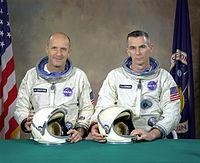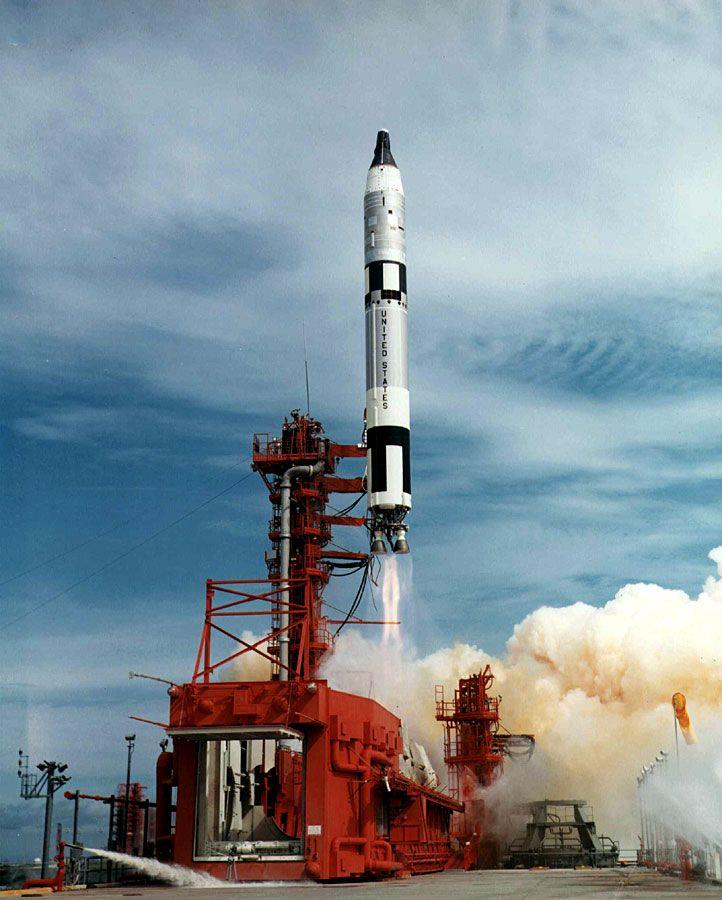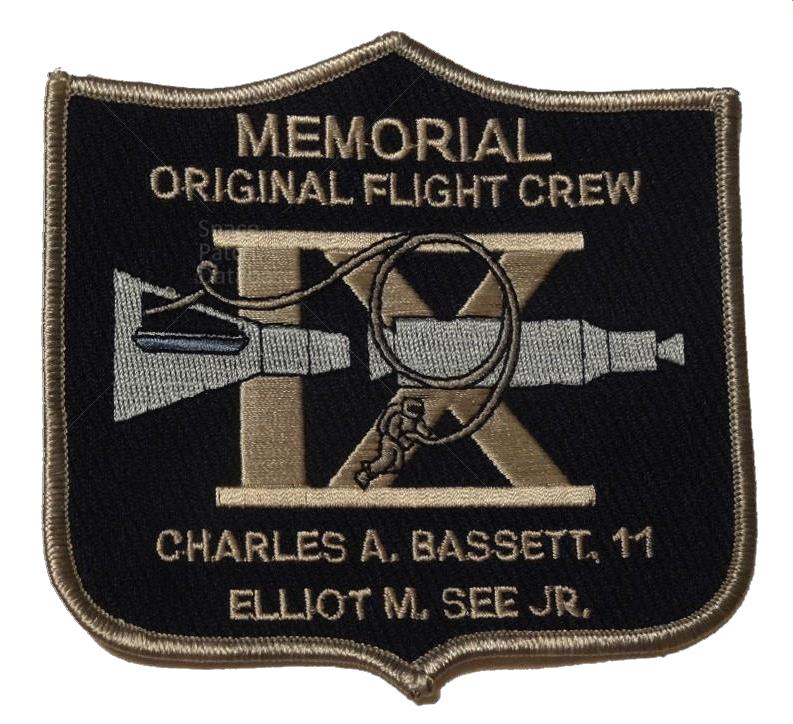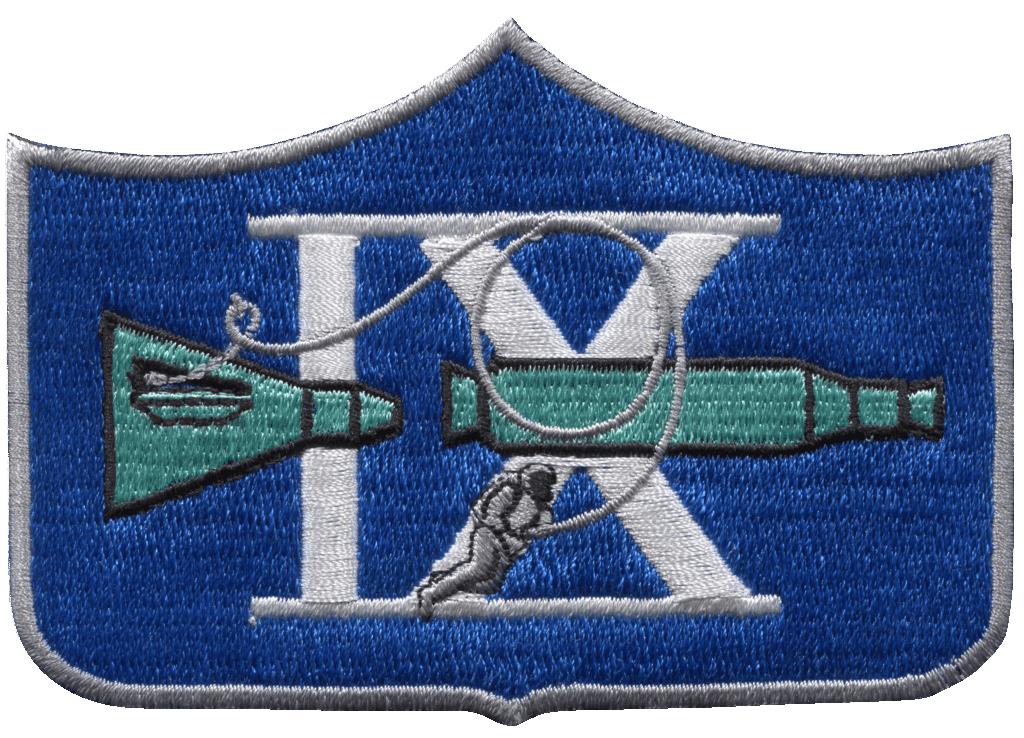Thomas P. Stafford
(Second Space Flight)
Pilot
Eugene A. Ceman
Backup Crew:
Command Pilot: James A. Lovell Jr.
Pilot: Edwin E. Aldrin Jr..
Original Primary Crew
Crew died in plane crash four months before launch
Gemini Space Missions
(First Space Flight)
Astronauts:
Study
Research
Main Index
Space Cosmology
Science Research
*
About
Science Research
Science Theories
Desk
Site Map
BookShelf
Copyright © by Nigel G Wilcox · All Rights reserved · E-Mail: ngwilcox100@gmail.com
Designed by Nigel G Wilcox
Powered By AM3L1A
Pages within this section: Gemini Manned Space Flights
Gemini 9
Pages within this section:
Gemini 9
Command Pilot:
Gemini Manned Missions
The original prime crew of Gemini 9
Elliot See and Charles Bassett
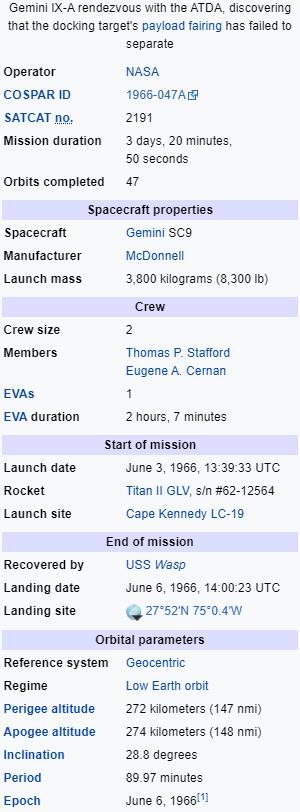
Gemini 9A (officially Gemini IX-A) was a 1966 crewed spaceflight in NASA's Gemini program. It was the seventh crewed Gemini flight, the 13th crewed American flight and the 23rd spaceflight of all time (includes X-15 flights over 100 kilometers (62 mi)). The original crew for Gemini 9, command pilot Elliot See and pilot Charles Bassett, were killed in a crash on February 28, 1966 while flying a T-38 jet trainer to the McDonnell Aircraft plant in St. Louis, Missouri to inspect their spacecraft. Their deaths promoted the backup crew, Thomas P. Stafford and Eugene Cernan, to the prime crew. The mission was renamed Gemini 9A after the original May 17 launch was scrubbed when the mission's Agena Target Vehicle was destroyed after a launch failure. The mission was flown June 3–6, 1966, after launch of the backup Augmented Target Docking Adaptor (ATDA). Stafford and Cernan rendezvoused with the ATDA, but were unable to dock with it because the nose fairing failed to eject from the docking target due to a launch preparation error. Cernan performed a two-hour extravehicular activity, during which it was planned for him to demonstrate free flight in a self-contained rocket pack, the USAF Astronaut Maneuvering Unit. He was unable to accomplish this due to stress, fatigue, and overheating.
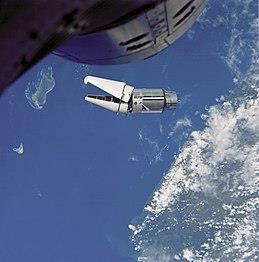
On February 28, 1966, See and Bassett were flying from Texas to inspect the Gemini 9 spacecraft at the McDonnell Aircraft plant in St. Louis, Missouri. The conditions at Lambert Field were poor and, as a consequence, in attempting a visual approach and landing, See hit one of the assembly buildings of the factory and caused the aircraft to crash, killing himself and Bassett instantly. As a consequence, the backup crew was promoted to prime crew, the first time this had occurred since the flight of Mercury-Atlas 7 in 1962.
8
M
8
SM
Sub-Menu
menu
-
9
10
11
12


